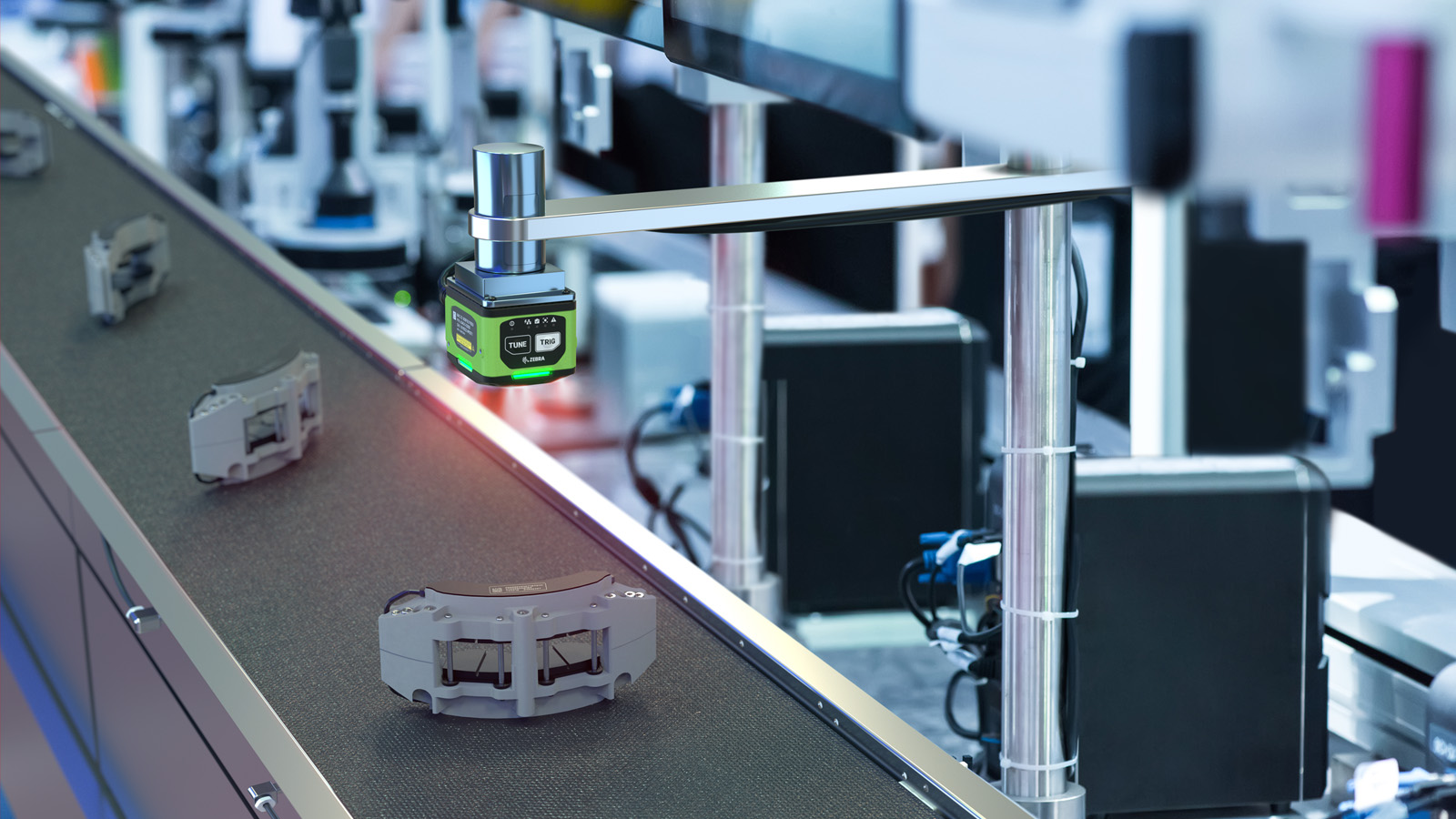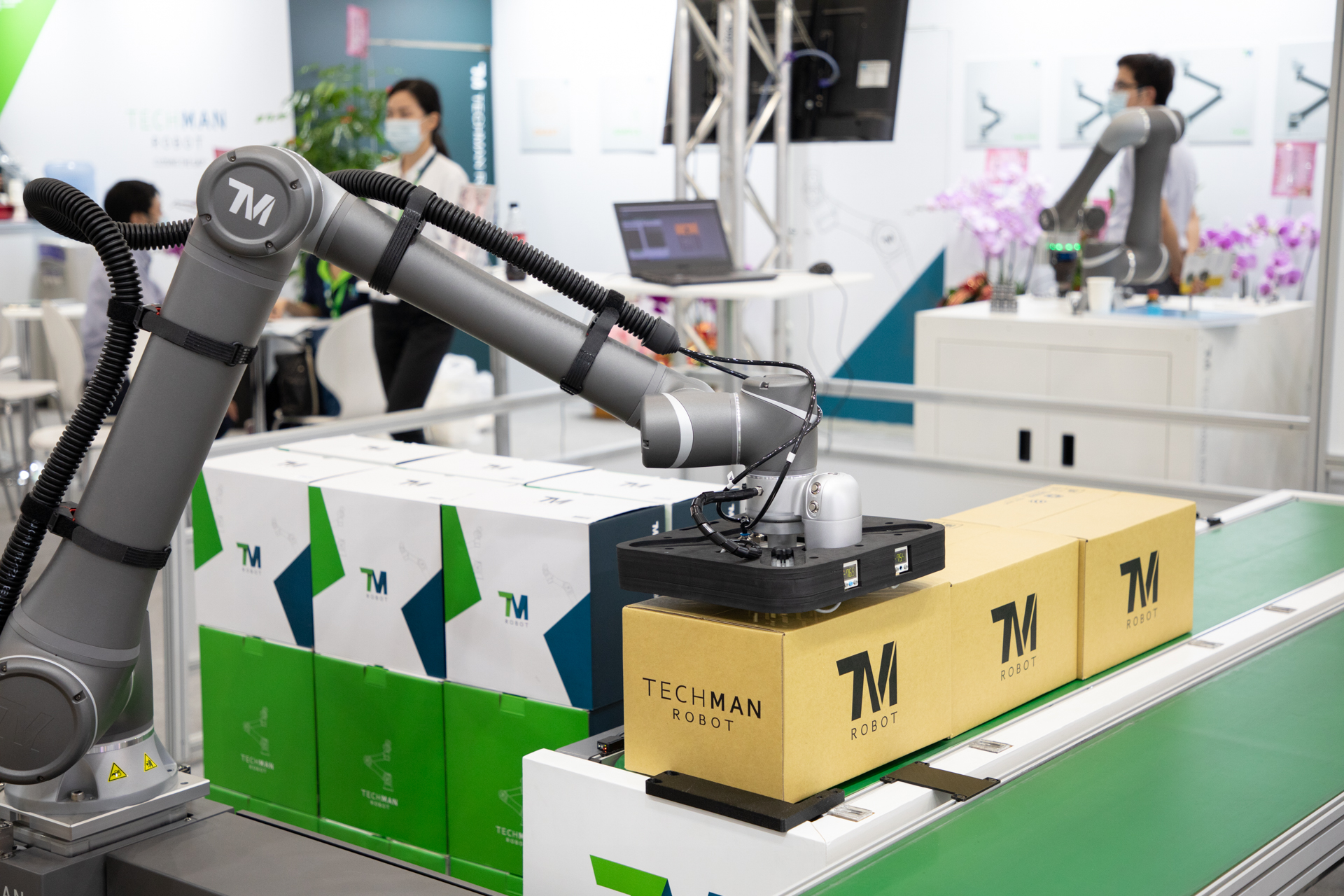Best practices for maintaining your fibre testing equipment hardware
Exploring the Function of an Optical Fibre Diameter Analyser in Ensuring Product High Quality
The role of an optical fibre diameter analyser is pivotal in maintaining product high quality within the telecommunications sector. These gadgets action fibre diameter with precision, guaranteeing consistency and performance. Variants in diameter can cause considerable signal loss, impacting communication reliability. As manufacturers go for excellence, understanding the mechanisms behind these analysers comes to be essential. What improvements lie ahead in this area, and how will they shape the future of optical fibre manufacturing?
Comprehending Optical Fibre Diameter Measurement
Gauging the diameter of optical fibres is an important procedure in guaranteeing the performance and reliability of fibre optic systems. Exact measurement is necessary, as variants in diameter can greatly affect signal transmission and overall system effectiveness. The measurement procedure generally utilizes sophisticated tools and strategies, such as laser micrometers or optical fibre diameter analysers, which offer specific, real-time data.These gadgets can analyze fibres' sizes with severe precision, typically to micrometre degrees. This accuracy assists identify prospective defects or variances in the production process. Furthermore, recognizing the diameter measurement includes identifying the relevance of factors such as temperature, stress, and material buildings, which can influence the last dimensions. By keeping strict measurement procedures, suppliers can guarantee that the optical fibres meet market requirements and requirements, ultimately adding to the durability and effectiveness of fibre optic networks.
The Significance of Uniformity in Optical Fibre Manufacturing
Uniformity in optical fibre production is essential for guaranteeing accuracy in making processes. Variants in diameter can substantially affect performance metrics, impacting the general top quality and dependability of the fibre. Subsequently, standardization and quality assurance actions are essential to keep harmony and boost item efficiency.
Precision in Manufacturing Processes

Influence On Efficiency Metrics
Making certain harmony in optical fibre diameter significantly affects performance metrics throughout numerous applications. Constant diameter leads to perfect light transmission, decreasing signal loss and improving overall performance. When fibres preserve a typical dimension, the possibility of defects lessens, improving integrity in telecommunications and information transfer (optical fibre diameter analyser). Furthermore, consistent sizes assist in easier combination right into existing systems, lessening compatibility problems. Variations in diameter can trigger changes in attenuation and dispersion, negatively influencing efficiency. By employing an optical fibre diameter analyser, makers can very closely monitor and adjust manufacturing processes, cultivating a greater degree of harmony. This uniformity not only boosts the quality of the end product but additionally enhances consumer fulfillment, confirming important for preserving affordable benefit in the optical fibre market
Standardization and Quality Control

Just How Optical Fibre Diameter Analysers Work
Optical fibre diameter analysers operate through a combination of light transmission and advanced measurement strategies to precisely evaluate the diameter of optical fibres. These tools use a laser or LED light resource that releases a beam of light guided at the fibre on trial. As light interacts with the fibre, it is refracted and scattered, permitting accurate measurements.The analyser records the light making use of a high-resolution video camera or photodetector, which converts the optical signals right into electrical signals. Advanced formulas important source after that process these signals, computing the diameter based upon the strength and distribution of the light.The system commonly consists of calibration functions to internet ensure precision, using recognized standards to confirm dimensions. By constantly keeping track of the fibre diameter, these analysers assist preserve compliance with sector requirements and requirements, ensuring regular product quality. Improved automation in modern analysers better simplifies the process, assisting in real-time analysis for producers.
Influence on Signal Honesty and Communication Integrity
A regular and precise optical fibre diameter is vital for maintaining signal stability and interaction reliability in fibre optic networks. Variations in diameter can cause increased light loss, resulting in degraded signal top quality and lowered transmission ranges. When fibres are not uniform, problems such as modal dispersion and depletion might develop, which can misshape the data being sent and bring about mistakes in communication.Furthermore, irregularities in fibre diameter can impact the performance of adapters and splicing, resulting in additional signal deterioration. This variance can endanger the general dependability of network systems, impacting everything from net rate to telecommunication quality.
Enhancing Production Efficiency With Advanced Technology
Maintaining uniform fibre diameter is crucial for assuring trusted interaction systems. Advanced innovation, specifically the optical fibre diameter analyser, plays a crucial function in improving manufacturing performance. By giving real-time dimensions and exact information relating to fibre sizes, this technology allows suppliers to quickly recognize inconsistencies from called for specs. Subsequently, production procedures can be readjusted quickly, reducing waste and lessening downtime.The combination of automated systems enhances top quality control, permitting constant surveillance throughout the production process. This not just speeds up manufacturing but likewise improves overall item quality, resulting in fewer defects. Additionally, advanced analytics allow suppliers to enhance their processes based upon empirical data, assisting in continuous improvement. Because of this, the optical fibre diameter analyser contributes considerably to reducing operational prices and increasing throughput, inevitably fostering a more affordable edge out there. By embracing these developments, producers can guarantee their items meet the highest criteria of top quality and integrity.
Future Trends in Optical Fibre Quality Control
As the optical fibre sector evolves, future fads in high quality guarantee will plainly include advances in measurement modern technology. These developments will enable extra exact evaluations of fibre diameter, boosting overall item integrity. Furthermore, the combination of computerized quality assurance systems promises to streamline processes and enhance uniformity in production.
Breakthroughs in Measurement Technology
With the consistent development of optical fibre innovation, the need for accurate measurement tools is much more critical than ever. Current read what he said breakthroughs in measurement modern technology have led to the advancement of advanced optical fibre diameter analysers that use high-resolution imaging and laser-based strategies. These advancements allow suppliers to attain better accuracy and repeatability in diameter dimensions, crucial for preserving rigorous quality standards. Furthermore, the combination of man-made intelligence and artificial intelligence algorithms improves information analysis, enabling real-time modifications throughout production processes. As the sector accepts these technological advancements, they guarantee to enhance efficiency, reduce waste, and guarantee the dependability of optical fibres in various applications, inevitably supporting the expanding requirement for high-performance communications infrastructure.

Automated Quality Control Equipment
While the optical fibre sector proceeds to breakthrough, the implementation of automatic quality control systems is poised to reinvent high quality assurance procedures. These systems use sophisticated formulas and real-time information evaluation to check fibre diameter and other essential specifications with unequaled accuracy. By incorporating optical fibre diameter analysers with automated systems, manufacturers can discover inconsistencies from specifications promptly, lowering the danger of problems. Furthermore, automation minimizes human mistake, boosts consistency, and speeds up production timelines. As markets progressively embrace Market 4.0 principles, the duty of computerized high quality control systems will certainly broaden, helping with a seamless link between production and quality control. This shift not only assures greater item quality however additionally fosters advancement and performance throughout the manufacturing process.
Frequently Asked Concerns
What Factors Affect the Optical Fibre Diameter Measurement Accuracy?
Aspects impacting optical fibre diameter measurement accuracy consist of environmental problems, calibration of measurement tools, driver technique, the level of sensitivity of the determining device, and the physical residential or commercial properties of the fibre itself, such as product composition and surface abnormalities. (optical measurement system)
How Typically Should Optical Fibre Diameter Analysers Be Adjusted?
Calibration frequency for optical fibre diameter analysers usually relies on use strength and producer suggestions. Routine checks, usually month-to-month or quarterly, warranty measurement accuracy and integrity, thereby maintaining the honesty of the manufacturing procedure.
Can Environmental Issues Influence Measurement Outcomes?
Ecological conditions can significantly influence measurement outcomes. Aspects such as temperature level, moisture, and atmospheric pressure may affect the performance of measurement tools, possibly resulting in inaccuracies in the results obtained from optical fibre diameter analysis.
What Are the Common Kinds Of Optical Fibre Diameter Analysers?

How Do I Select the Right Analyser for My Manufacturing Demands?
Choosing the best analyser involves evaluating manufacturing needs, including fibre kind, diameter range, and measurement precision. In addition, examining the analyser's calibration, compatibility with existing devices, and user interface can greatly affect the decision-making process.